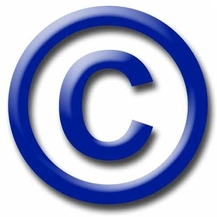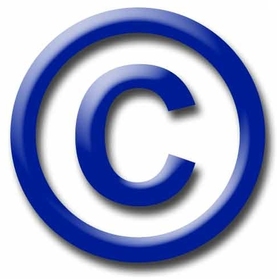There are five basic rules to keep in mind when deciding whether or not a particular use of an author's work is a fair use:
Rule 1: Are You Creating Something New or Just Copying?
The purpose and character of your intended use of the material involved is the single most important factor in determining whether a use is a fair use. The question to ask here is whether you are merely copying someone else's work verbatim or instead using it to help create something new.
Rule 2: Are Your Competing With the Source You're Copying From?
Without consent, you ordinarily cannot use another person's protected expression in a way that impairs (or even potentially impairs) the market for his or her work.
For example, say Nick, a golf pro, writes a book on how to play golf. He copies several brilliant paragraphs on putting from a book by Lee Trevino, one of the greatest putters in golf history. Because Nick intends his book to compete with and hopefully supplant Trevino's, this use is not a fair use.
Rule 3: Giving the Author Credit Doesn't Let You Off the Hook
Some people mistakenly believe that they can use any material as long as they properly give the author credit. Not true. Giving credit and fair use are completely separate concepts. Either you have the right to use another author's material under the fair use rule or you don't. The fact that you attribute the material to the other author doesn't change that.
Rule 4: The More You Take, the Less Fair Your Use Is Likely to Be
The more material you take, the less likely it is that your use will be a fair use. As a general rule, never: quote more than a few successive paragraphs from a book or article, take more than one chart or diagram, include an illustration or other artwork in a book or newsletter without the artist's permission, or quote more than one or two lines from a poem.
Contrary to what many people believe, there is no absolute word limit on fair use. For example, copying 200 words from a work of 300 words wouldn't be fair use. However, copying 2000 words from a work of 500,000 words might be fair. It all depends on the circumstances.
To preserve the free flow of information, authors have more leeway in using material from factual works (scholarly, technical, and scientific works) than to works of fancy such as novels, poems, and plays.
Rule 5: The Quality of the Material Used Is as Important as the Quantity
The more important the material is to the original work, the less likely your use of it will be considered a fair use.
In one famous case, The Nation magazine obtained a copy of Gerald Ford's memoirs before their publication. In the magazine's article about the memoirs, only 300 words from Ford's 200,000-word manuscript were quoted verbatim. The Supreme Court ruled that this was not a fair use because the material quoted (dealing with the Nixon pardon) was the "heart of the book ... the most interesting and moving parts of the entire manuscript," and that pre-publication disclosure of this material would cut into value or sales of the book.
In determining whether your intended use of another author's protected work constitutes a fair use the golden rule: Take from someone else only what you wouldn't mind someone taking from you.
Copying From Unpublished MaterialsWhen it comes to fair use, unpublished works are inherently different from published works. Publishing an author's unpublished work before he or she has authorized it infringes upon the author's right to decide when and whether the work will be made public.
Some courts in the past held that fair use never applies to unpublished material. However, in 1991 Congress amended the fair use provision in the Copyright Act to make clear that the fact that a work is unpublished weighs against fair use, but is not determinative in and of itself.
For more detailed information on fair use and copyrighted material, see Getting Permission: How to License & Clear Copyrighted Materials Online & Off, by Richard Stim (Nolo).


 RSS Feed
RSS Feed
